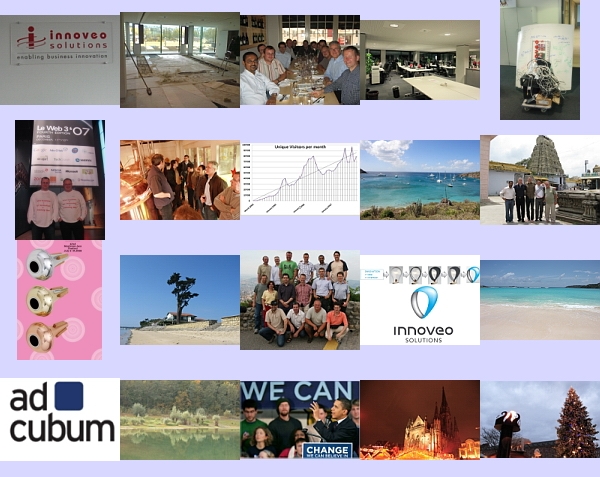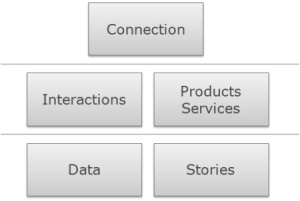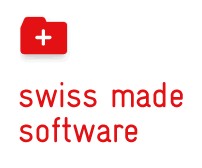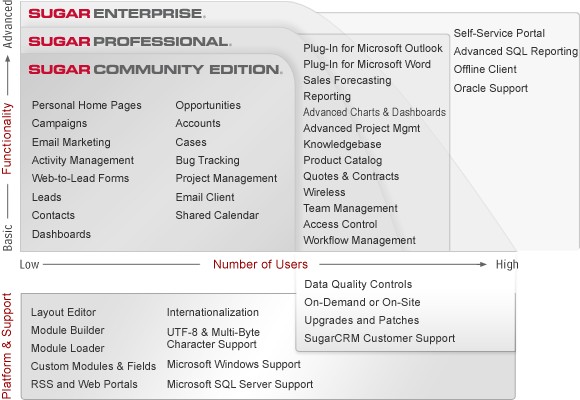via Seth Godin
A good one, to (re)start properly the new year with some inspiring quotes from Seth!
Having goals is a pain in the neck.
If you don’t have a goal (a corporate goal, a market share goal, a personal career goal, an athletic goal…) then you can just do your best. You can take what comes. You can reprioritize on a regular basis. If you don’t have a goal, you never have to worry about missing it. If you don’t have a goal you don’t need nearly as many excuses, either.
Not having a goal lets you make a ruckus, or have more fun, or spend time doing what matters right now, which is, after all, the moment in which you are living.
The thing about goals is that living without them is a lot more fun, in the short run.
It seems to me, though, that the people who get things done, who lead, who grow and who make an impact… those people have goals.








